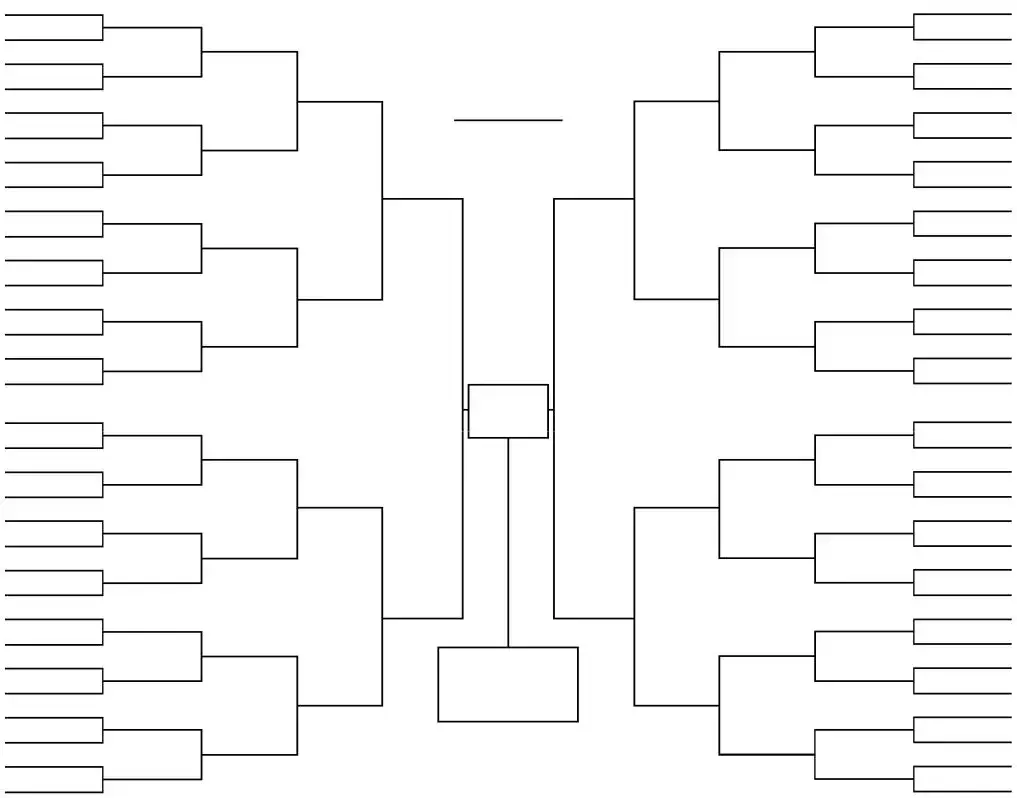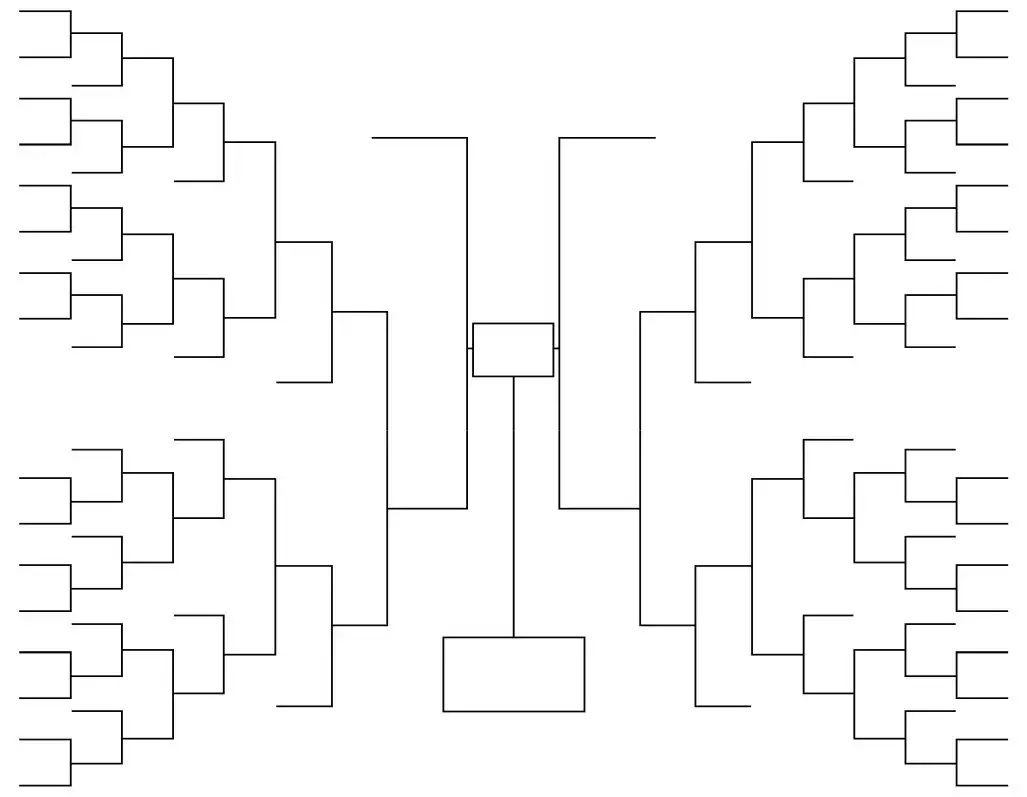Filling out a 64-Team Double Elimination Bracket form can be a daunting task, especially for those who are unfamiliar with the rules and structure of double elimination tournaments. One common mistake occurs when participants do not clearly understand how the bracket works. In a double elimination format, each team has to lose twice before being eliminated from the tournament. Confusion often arises over which teams advance after each game. Ensuring a solid grasp of these elimination rules is crucial for accurately completing the bracket.
Another frequent error is neglecting to label each team's position correctly. Many individuals assume that filling in teams randomly will work out, but this can lead to chaos as the tournament progresses. Team placements must follow the designated order to maintain the integrity of the bracket. If placements are incorrect from the outset, it can lead to mismatched games later on, complicating an otherwise straightforward process.
A third mistake involves failing to update the bracket after each game concludes. Some people tend to focus on filling out the sheet at the beginning and forget to make adjustments as results come in. Keeping track of each team's victories and losses is essential. If updates are ignored, the bracket may become inaccurate, leading to confusion about which teams remain in the tournament.
Inaccurate scoring is another significant error. Participants sometimes forget to check their math when recording wins and losses, which leads to incorrect team standings. Each match affects the overall outcome of the tournament, so it is vital to ensure that scores reflect the true results of each game.
Another common issue is overlooking the importance of byes during the early rounds. Understanding byes is crucial in a 64-team bracket, as certain teams may automatically advance without playing a game. Neglecting this can lead to mismatches in game schedules and affect teams that properly earned their spot in the next round.
Time management can be a challenge when filling out the bracket. Some people hurry through the process, which can result in careless mistakes, such as misplacing teams or incorrectly recording matchups. Taking adequate time to ensure everything is correct helps to prevent issues later, making for a smoother tournament experience.
Some individuals also fail to communicate with others involved in the tournament. Gathering updates from team members or other organizers is essential. Without clear communication, filling out the bracket accurately becomes even more complicated, as misunderstandings about game results can arise.
Lastly, people often underestimate the need for a backup plan. In the event of losing the initial bracket or making significant errors, having a copy is invaluable. This redundancy allows for a quick recovery without losing any critical game information. A little foresight can save time and frustration down the line. By avoiding these common pitfalls, participants can contribute to a successful and enjoyable tournament experience.


